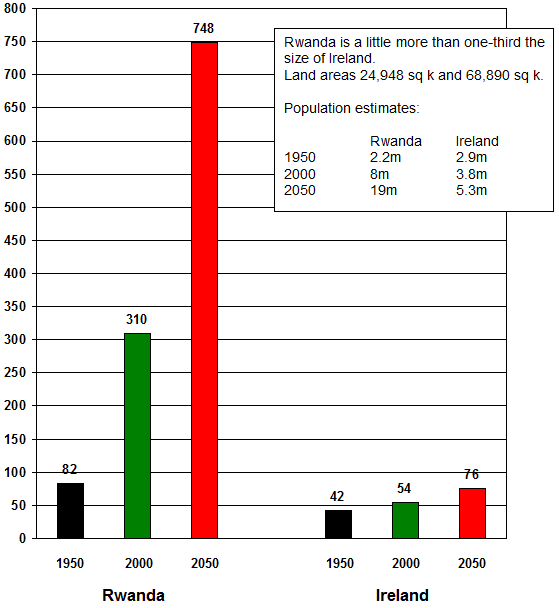

Furthermore, parts of each country are uninhabitable due to the natural environment, consequently lowering the population density merely based on the fact that there are areas where people simply cannot live. There are several factors that influence their low population densities, which have all remained more or less unchanged over the past twenty years.Īll three countries exist in relative isolation compared to the rest of Europe-Iceland’s remoteness is especially apparent. It also has the lowest population density in the entire European Union.Īgain, analysing the bottom three, it becomes apparent what they share in common: all three are Nordic countries-places that exist geographically in Northern Europe and the North Atlantic. Nonetheless, it is the third least densely populated at 16 people per square kilometer. Even though it is slightly smaller than Norway, it is still the eighth-largest country in Europe. Image credit: Marisa Estivill/įinland is a country that is also located in the north. Iceland Vast parts of the landscape of Iceland remain uninhabited. Three Least Densely Populated European Countries 1. In fact, approximately 33 percent of all residents in Monaco are millionaires. Monaco, for instance, attracts a lot of the world’s wealthy due to reduced income taxes and the luxury of living on the French Riviera. Of course, there are several reasons to explain why these countries specifically rank in the top three. This rule also goes for other high-ranking countries on this list like San Marino. For example, the Vatican has the lowest population of any country in Europe, but all the clergy and Swiss Guards must co-exist in such a small finite space. Generally speaking, a higher population density means that the population-regardless of what it is-is high in comparison to the size of the country. It stands to reason that the smaller the space, the more people are forced to pack together. One quick glimpse at the top three and it becomes quite clear how they are similar: they are some of the smallest countries in all of Europe. These individuals, however, are not evenly spread across the continent, ultimately creating areas-sometimes entire countries-that are much more densely populated than others.

This number accounts for approximately 9.78 percent of the total world population. Three Most Densely Populated European CountriesĪccording to the UN, Europe’s current overall population exceeds 747 million people. With the exception of Australia, North America is the continent with the lowest population density at 20 people per square kilometer.įor inquiring minds, the population density of Earth is roughly 57 people per square kilometer. Next comes Africa and then South America.

This is not surprising given that Asia’s population makes up just under 60 percent of the total world population.Įurope-which is the main subject of this article-is the second most densely populated at 34 people per square kilometer. The higher the population density, the more people who live in that space.īased on estimates produced by the United Nations (UN), the most densely populated continent as of 2020 is Asia with 150 people per square kilometer. These calculations can be made on a macro level (continents and countries), right down to the micro (cities and towns). In short, it is an average of the number of people living in a specific area. Population density is a common way of measuring and comparing places around the world.


 0 kommentar(er)
0 kommentar(er)
